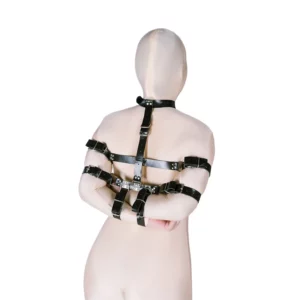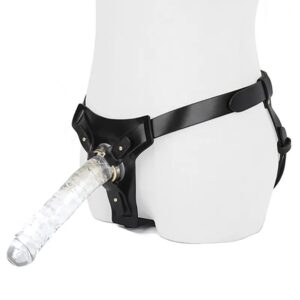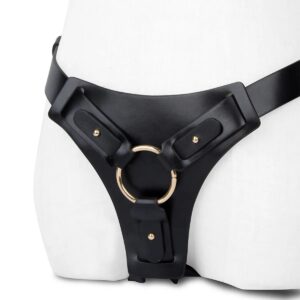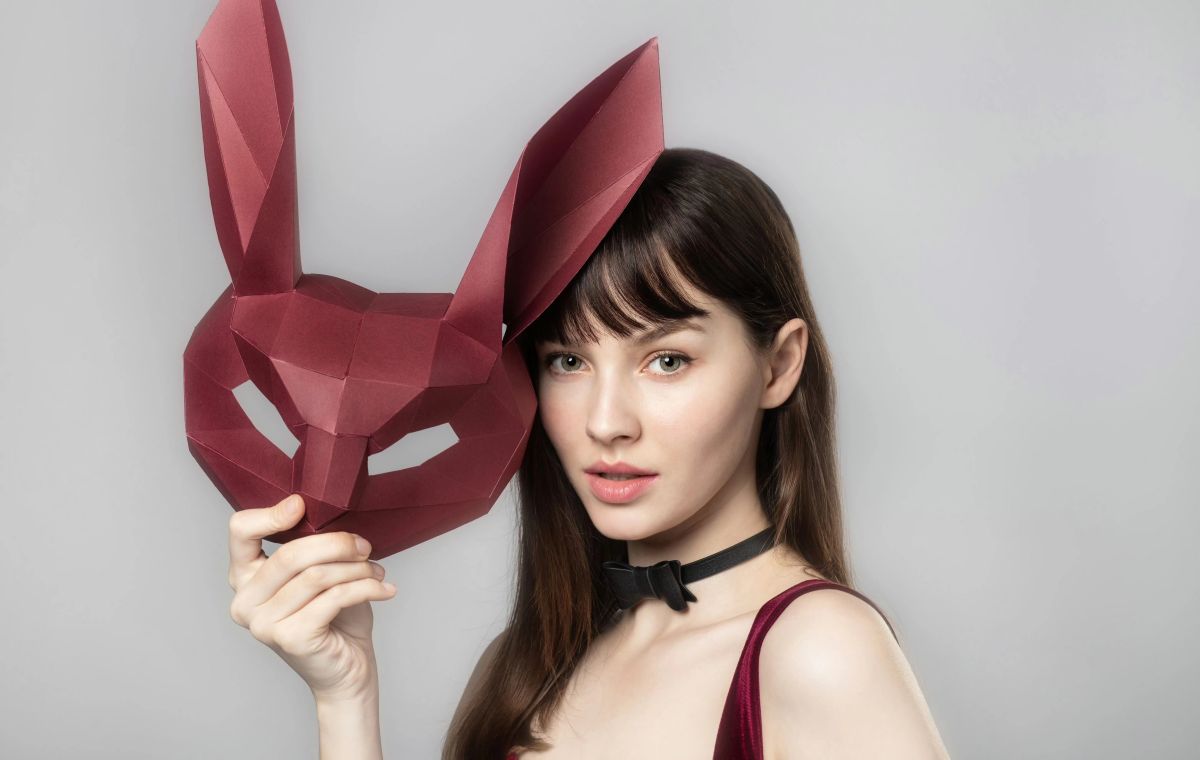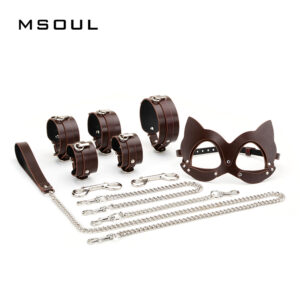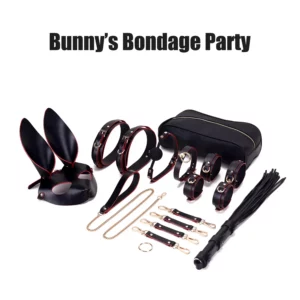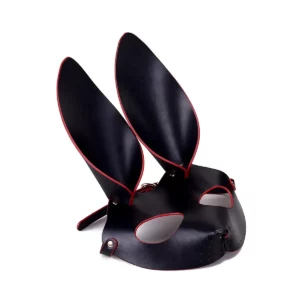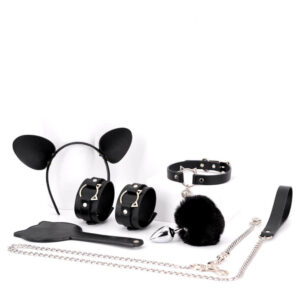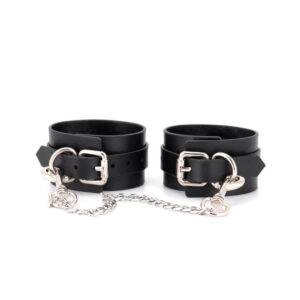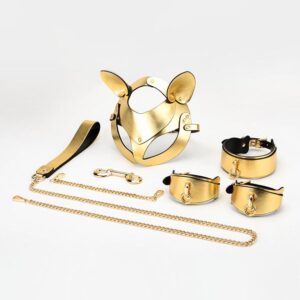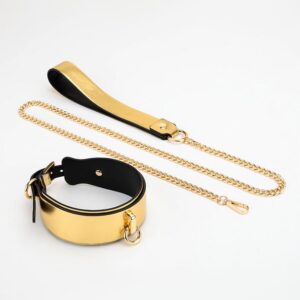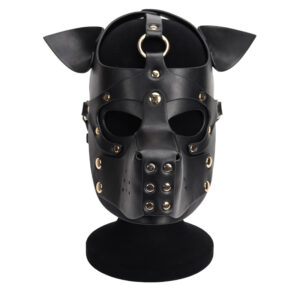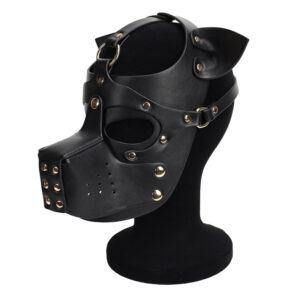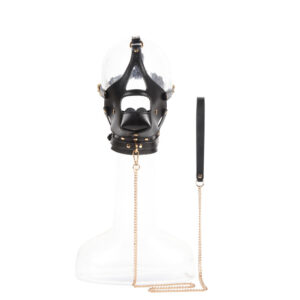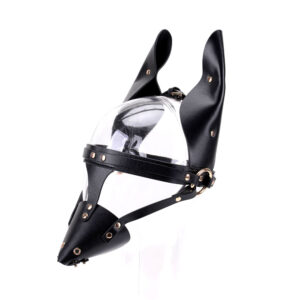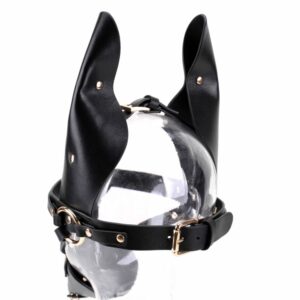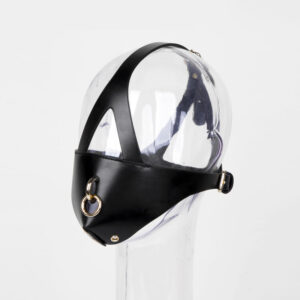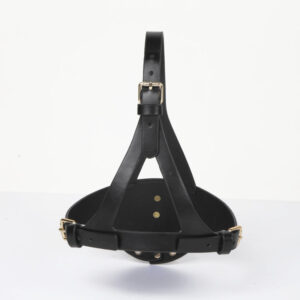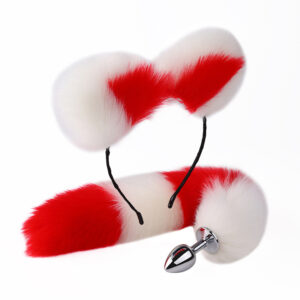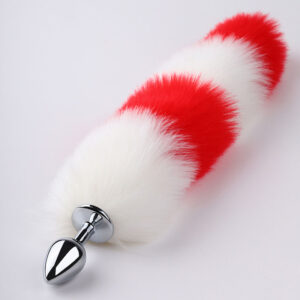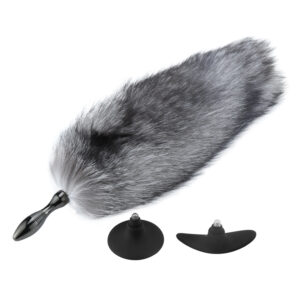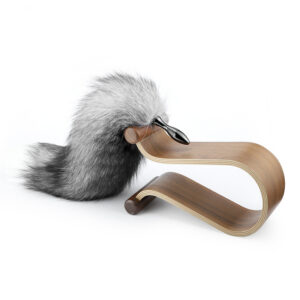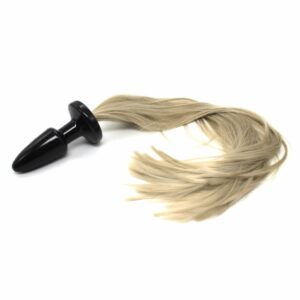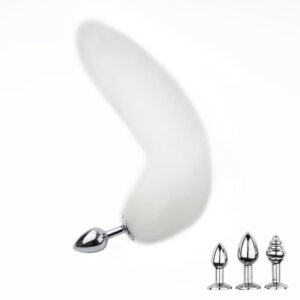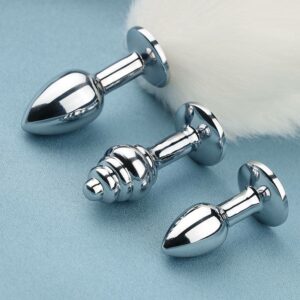Pet play is a unique form of role play where people take on the roles of pets and their owners. It’s a fascinating world that can be a part of BDSM, but it doesn’t have to be. It can be as playful or as intense as you want it to be, and it’s all about exploring new dynamics and having fun.
Contents
ToggleWhat is Pet Play?
Pet play, also known as animal roleplay, is a form of roleplay where at least one participant takes on the role of a non-human animal. This activity is often found in BDSM. The activity can vary greatly in its physical manifestations and intensity. The choice of animal can depend on what individuals feel closest to, with popular choices including puppies, kittens, horses, foxes, pigs, and raccoons.
Why Pet Play?
Pet play allows individuals to express different aspects of their personality. For example, someone might choose to roleplay as a puppy because they enjoy embodying the excitement and playfulness typically associated with puppies. Petplay can serve as a form of psychodrama, allowing participants to explore different roles and scenarios in a safe and controlled environment. This can provide a form of escapism, allowing individuals to “cut loose” into a different or more dynamic personality. Pet play can also offer a sense of community and social interaction. Participants can engage in pet play privately or enjoy the social aspect with fellow pet play enthusiasts at a fetish club or event.
Types of Pet Play: Sexual Pet Play Kink, Non-sexual Pet Play Kink
Pet play can be categorized into two main types: sexual pet play and non-sexual pet play.
Sexual Pet Play Kink: In this type of pet play, participants engage in sexual acts while roleplaying as animals. The play can be part of a BDSM scenario and take place privately or at a fetish event, or it can be part of an intimate relationship. The sexual pet play can involve a dominant and submissive, two dominants, two switches, or a combination of dominant/switch, submissive/switch, or the more traditional dominant/submissive.
Non-Sexual Pet Play Kink: Some people prefer the social element of pet play and derive gratification from the closeness and intimacy involved, without sex. Non-sexual pet play can be seen as a comfort type of activity, where participants may use simple accessories like cat ears or a bowl with their name on it. This type of pet play can be a loving, quiet cuddling time where there is no need for verbalizations, and the simple act of stroking, rubbing, and holding the other partner is satisfying or reassuring in and of itself for those involved.
Common Types of Pet Play: Puppy Play, Pony Play, Kitten Play, Piggy Play
Pet play can take on many forms, with participants choosing to roleplay as different types of animals. Here are some of the most common types of pet play:
1. Puppy Play
This is one of the most popular forms of pet play. Participants acting as puppies may exhibit behaviors such as being playful, mischievous, and instinctive. Activities might involve learning tricks and commands, being kept in a cage, or leash-training. There are also dedicated pup play spaces around the world where several “pups” might play, fight, or train together.
2. Kitten Play
Kitten play can involve extensive grooming, petting, drinking from a bowl, ‘sassy’ behavior toward a D-type, or playing with toys. The behaviors of a kitten player can be more independent and capricious, reflecting the often aloof and unpredictable nature of cats.
3. Pony Play
Pony play is a diverse subset of pet play, involving showing, riding, competing, and training. It often involves the practice and training that a horse owner or trainer would put their horse through to learn how to walk, canter, etc., as modified for human limbs.
4. Piggy Play
While not as common as the other forms, piggy play is another type of pet play. The specifics of piggy play can vary widely depending on the individuals involved, but it may involve the pet acting in a submissive manner and being ‘trained’ by their handler.

Roles in Pet Play kink
Pet play involves various roles. Here are some of the most common roles in pet play:
- Pet: The individual who takes on the role of an animal. This could be a submissive or alpha pet. The pet acts in a way befitting of their chosen animal, such as crawling on all fours, purring, etc.
- Handler: This role is typically non-sexual and can involve those who don’t “own” any specific pets but manage or look after the animals. Handlers are often responsible for the care and training of the pet, which can include teaching commands, providing rewards or punishments, and ensuring the pet’s well-being.
- Owner: This role can sit either way and is up to an individual relationship as to how this works with their dynamic. The owner can feed, care for, play with, and chastise their pet as they see fit. They may also be responsible for setting rules and boundaries for the pet.
- Trainer: This role involves training the pet to behave in certain ways or perform certain tasks. This could involve teaching the pet to respond to commands, behave in a certain way, or perform tricks.
Pet Play Ideas
Puppy Play Ideas
- Fetch: Choose a toy, preferably one your dog already likes, and throw it a short distance. If they pick it up, call them back using a positive, encouraging tone.
- Hide-and-Seek: Have the puppy sit and stay while you go find a hiding place. Then call the puppy and reward them when they find you.
- Tug-of-War: This traditional game can be fun for both you and your canine companion. Make sure to offer treats for “wins” while you play.
- Find-the-Toy Activities: Come up with a name for each of your dog’s toys. To start, hold and say the name of their favorite toy. Choose a command, such as “find,” to use only for this game and for when you want them to find things later.
- Agility Games: Use treats or kibble to lure your puppy. Follow alongside as they navigate the course, rewarding them when they conquer the obstacles and cheering as they do well.
- Muffin Tin Puzzle: For this game, you’ll need a muffin tin, tennis balls, and treats. Start playing by dropping treats into each muffin cup, covering them with tennis balls, and handing the tin off to the puppy.
- Clean Up: Introduce a toy bin or laundry basket, and teach your dog to drop their toys inside. You will want to use commands like “retrieve,” “drop it,” and “put it away” to help your dog learn this game.
Pony Play Ideas
- Basic Training: This can involve teaching the pony to walk, trot, canter, and gallop, much like actual horse training. The pony may also learn to respond to reins and other forms of guidance.
- Dressage: This is a form of advanced training that involves teaching the pony to perform specific movements and poses on command. It can be a rewarding way to demonstrate the pony’s skills and obedience.
- Showmanship: This can involve the pony being groomed and dressed up in elaborate tack (gear), and then shown off at events or in private sessions. The pony may perform tricks or poses to show off their training.
- Cart Pulling: Some ponies may be trained to pull carts, either with a driver or on their own. This can be a physically demanding activity, so it’s important to ensure the pony is physically capable and comfortable with the task.
- Veterinary Play: This can involve the pony being ‘examined’ by a ‘vet’, which can add an extra layer of roleplay. This might involve the pony being ‘groomed’, ‘fed’, or undergoing a ‘health check’.
- Riding: In some cases, the pony may be ridden by their handler or owner. This should only be done if the pony is comfortable with it and physically capable of carrying the rider’s weight.
Piggy Play Ideas
Piggy play, a less common form of pet play, can involve activities that mimic the behavior of a pig. Here are some ideas for piggy play:
- Feeding Time: The owner can provide a special bowl or trough for the piggy to eat from, mimicking the way pigs eat in real life. This can be a fun and immersive activity.
- Rooting Box: Create a rooting box filled with safe and large items, such as fist-sized river rocks, play pit balls, or large stones. Hide treats or food in the box and let the piggy root around to find them.
- Toys: Pigs can enjoy playing with various toys, such as balls, rope toys designed for dogs, or even a milk jug with a few holes and pig pellets added. Your piggy will push the toy around until each pellet has fallen out and been eaten.
- Obstacle Course: Set up an obstacle course for your piggy to navigate. This can be a fun way to engage in play and help burn off energy.
- Musical Toys: Some piggies may enjoy playing with musical toys made for young children, such as horns they can grab with their mouths or piano keys they can play with their noses.
- Outdoor Play: If possible, allow your piggy some time to play outside, where they can root around in the dirt and engage in natural pig behaviors.
Kitten Play Ideas
- Chasing Toys: This could involve a ball, a stuffed toy, or a toy mouse. The “owner” can throw the toy and have the kitten chase after it.
- Hide-and-Seek: This game can involve the kitten hiding and the owner finding them, or the owner hiding and the kitten seeking them out. This can be a fun way to engage in play and can also help to build a bond between the owner and the kitten.
- Grooming: Kitten play can involve extensive grooming, such as brushing the kitten’s hair or giving them a ‘bath’. This can be a relaxing and bonding activity for both the kitten and the owner.
- Feeding: The owner can hand-feed the kitten, mimicking the way a mother cat might care for her young. This can be a nurturing and intimate activity.
- Playing with a Laser Pointer: Much like real cats, those in kitten play may enjoy chasing after the light from a laser pointer. This can be a fun and energetic activity.
- Climbing Games: If the kitten is comfortable with it, they might enjoy climbing on furniture or specially set up structures. This can help to burn off energy and can also be a fun way to engage in play.
- Puzzle Toys: These can be a fun way to engage the kitten’s mind. The owner can hide treats in a puzzle toy and have the kitten figure out how to get them out.
-
£95.73
-
£110.89Original price was: £110.89.£86.96Current price is: £86.96. -
£79.77
-
£55.84
Pet Play Gears
Pet play gear can vary widely depending on the type of pet play being engaged in, but there are some common items that many pet players use. Here are some examples:
- Collars and Leashes: These are common in many forms of pet play and can be used to guide the pet or to symbolize ownership. They can come in a variety of styles and materials, from simple leather to elaborate metal designs.
- Masks and Hoods: These can help the pet player get into character and can range from simple masks that cover the eyes to full hoods that cover the entire head. Some masks may even resemble the face of the chosen animal.
- Ears and Tails: These accessories can help the pet player look more like their chosen animal. They can be attached to the player’s body or clothing, or they can be part of a hood or mask.
- Paws and Hooves: These can be worn on the hands and feet to mimic the paws or hooves of the chosen animal. They can be simple gloves or shoes, or they can be more elaborate designs that restrict the player’s movement to make them move more like their chosen animal.
- Harnesses: These can be worn by the pet player and can serve a variety of purposes. They can be used for restraint, for attaching leashes or other gear, or simply for the aesthetic.
- Cages and Kennels: These can be used to confine the pet player, either as a form of punishment or simply as part of the roleplay. The size and design of the cage or kennel can vary widely depending on the needs and preferences of the players.
- Feeding Bowls: These can be used for feeding the pet player, either with real food or with symbolic ‘pet food’. They can be simple bowls or they can be designed to look like pet food dishes.
- Toys: These can be used for play, training, or punishment. They can be simple toys like balls or ropes, or they can be more elaborate designs that require the pet player to solve a puzzle or perform a task.
How to Pet Play?
- Choose Your Roles: Decide who will be the pet and who will be the owner or handler. The pet will act in a way that fits their chosen animal, such as crawling on all fours, purring, or barking. The owner or handler will care for, play with, and possibly discipline their pet.
- Set Boundaries and Obtain Consent: Before starting, discuss what each participant is comfortable with. This includes what actions are allowed, what words or signals will be used to communicate, and what the safe word will be to stop the play if needed. Consent is crucial in pet play, and it should be obtained before any action is taken.
- Get into Character: The pet can wear gear or masks, perhaps with a collar and leash. The owner or handler can give commands and take control. The pet can act in a way that fits their chosen animal, such as crawling on all fours, purring, or barking.
- Engage in Play: This can involve various activities, such as the pet fetching a toy, the owner or handler petting or grooming the pet, or the pet performing tricks. The type of play depends on the preferences of the participants.
- Aftercare: After the play session, it’s important to check in with each other, discuss how the session went, and provide comfort and care as needed.
Remember, there’s no “right” way to enjoy pet play. It’s different for everyone, and it’s important to respect each other’s boundaries and preferences.
-
£39.08
-
£31.90
-
£31.90
FAQs
Is Pet Play Always Sexual?
No, pet play can be sexual or non-sexual, depending on the preferences of the participants.
Do I Need Special Gear for Pet Play?
While gear like collars, leashes, and masks can enhance the experience, they are not necessary for pet play. The most important aspect of pet play is the role-playing, which can be as simple as one partner pretending to be a puppy or kitty, and the other serving as their “owner”.
Is Pet Play Degrading or Humiliating?
This is subjective and depends on the individuals involved. For some, pet play can be a form of humiliation play, but for many others, it’s a form of expression, relaxation, or bonding.
Can I Engage in Pet Play if I'm New to BDSM?
Yes, pet play is an approachable kink for both BDSM newcomers and veterans. It doesn’t require advanced technical skills. All you need to get started is your imagination and some basic, core kink skills.
Is Pet Play Only for Submissives?
No. While many pets do take on a submissive role, pet play can also take place between two dominants, two switches, or a combination of dominant/switch, submissive/switch, or the more traditional dominant/submissive
How Long Should I Keep in the Pet Role?
It depends. The duration of pet play can vary greatly depending on the individuals involved and their preferences. There’s no “right” or “wrong” duration for pet play. It’s all about what works best for you and your partner, and what makes the experience enjoyable and fulfilling for everyone involved.
What is the Difference Between Pet Play and Pet Regression?
Pet play is a form of role play, often associated with BDSM, where participants take on pet and owner roles, focusing on power dynamics and role-playing. It can be sexual or non-sexual. Pet regression, on the other hand, is a form of age regression where the individual regresses to a younger mental state and takes on the role of a pet. It is a non-sexual coping strategy used to alleviate stress and anxiety. In conclusion, pet play is about power dynamics, while pet regression is a coping mechanism involving mental regression.
How Can I Find a Partner to Play With in Pet Play?
Online communities and forums dedicated to pet play can connect you with like-minded individuals. Pet play social events, such as moshes and mixers, are also great places to meet potential partners. BDSM and fetish clubs often host events or have spaces dedicated to different types of role play, including pet play.
Final Words
Pet play can be a really enjoyable and exciting experience if you’re curious about trying out this type of role play. It’s a cool way to connect with others, show off different sides of your personality, and have fun pretending to be your favorite animal. Just remember, there’s no one “right” way to do pet play, and the most important thing is to make sure everyone involved feels safe, comfortable, and happy. So, if you’re interested in giving pet play a try, go ahead and explore what works best for you and your partner.
-
£39.88
-
£12.76
-
£18.34

